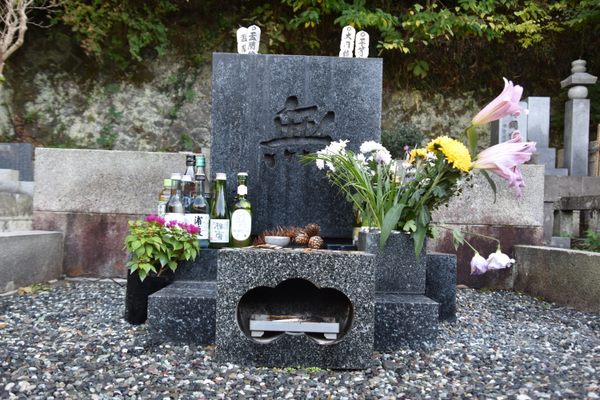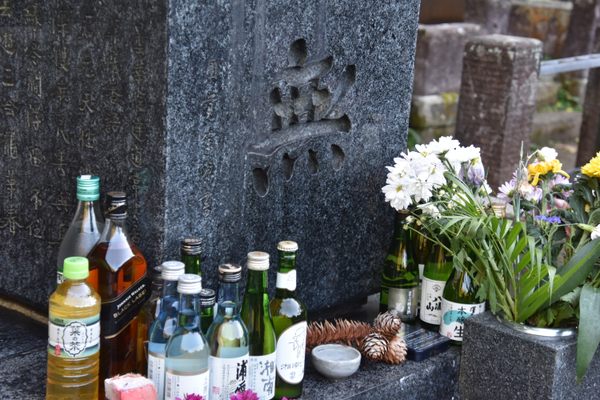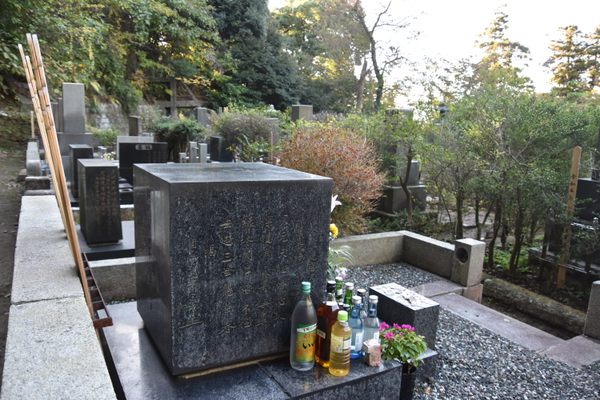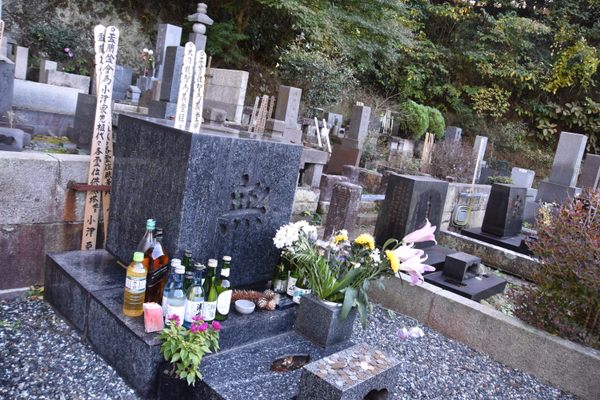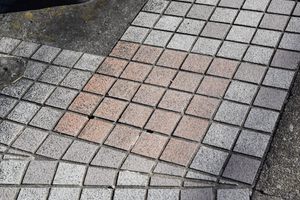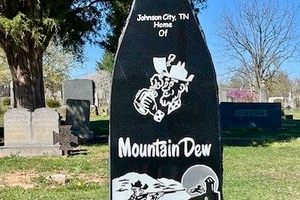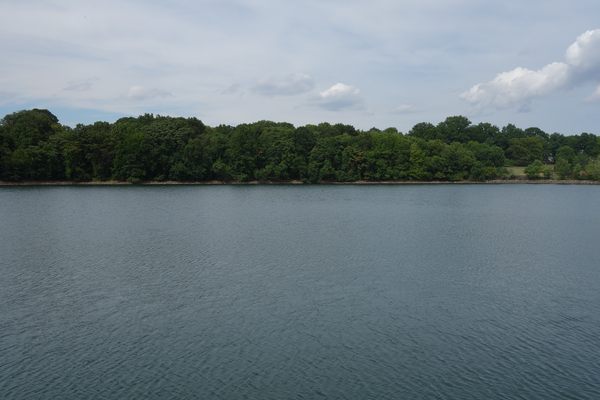About
Yasujirō Ozu is a name recognized by almost every cinephile around the world, much like his contemporary Akira Kurosawa. Born in 1903 in the Fukagawa district of Tokyo, Ozu entered the industry at the age of 20, starting his career in the silent era, and went on to direct his first film in 1927.
While the legendary filmmaker is best known today for his 1953 masterpiece Tokyo Story, he moved to Kamakura in 1952 after directing two films—Late Spring (1949) and Early Summer (1951), part of the "Noriko trilogy" which concludes with Tokyo Story—set in this scenic city of temples and forested hills.
Ozu remained unmarried for life and lived with his mother in a humble home in the North Kamakura neighborhood, only a stone's throw away from the Rinzai Zen temple of Jōchi-ji. When he died of throat cancer on his 60th birthday in 1963, his ashes were buried in the cemetery of Engaku-ji, the head temple of the Rinzai sect in Kamakura, sharing the gravesite with his mother.
An unusual aspect of Ozu's grave is that the granite headstone is marked only by a single kanji character: 無 (mu), which stands for "nothing" or "nothingness." It derives from the quote of a Nanjingese monk, who claimed that "we must sincerely accept the gust of wind that blows on that 'nothingness,' for the stone has not yet broken" in the early 20th century.
Though Engaku-ji is a popular tourist attraction, being one of the largest temples in Kamakura, the cemetery is typically uncrowded even on weekends. Nestled in a corner in the upper plot, Ozu's grave is a bit tricky to spot and might seem to be a lesser-known site, were it not for the numerous bottles of sake and beer left there as offerings for the booze-loving filmmaker. It is also known that Setsuko Hara, the long-time collaborator of Ozu who portrayed the "Noriko" archetype in his famous trilogy, lived in Kamakura and was often seen in the temple cemetery offering incense sticks to the director's grave up until her death in 2015.
Related Tags
Know Before You Go
Engaku-ji Temple is a short walk away from Kita-Kamakura Station and admission to the complex is 500 yen for adults. There is a plot map at the entrance of the cemetery and you can find the gravesite marked as 小津 (Ozu) in it. To get there, you'll have to climb a steep flight of steps and turn right on the upper level.
Hidden Japan: Sado Island, Nara & Kyoto
Explore a different side of Japan.
Book NowCommunity Contributors
Added By
Published
December 6, 2023
